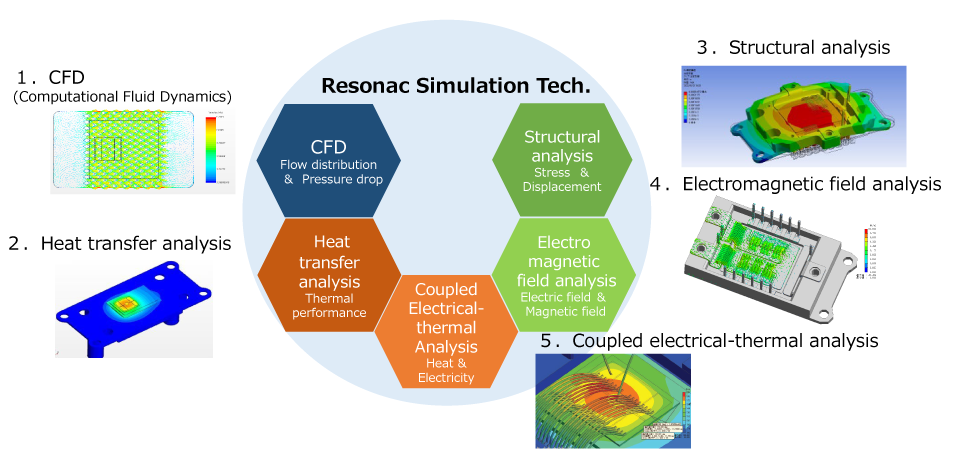Fundamental Technology
Computational Science Technology
Use computers to predict material properties and identify principles.
Molecular Simulation: Technology that calculates molecular behaviors to predict the physical properties of materials and speculate their influence factors
Adhesive energy between resins and substrate interfaces is predicted by molecular dynamics.
The influence factors are clarified by snapshot analysis and so on.
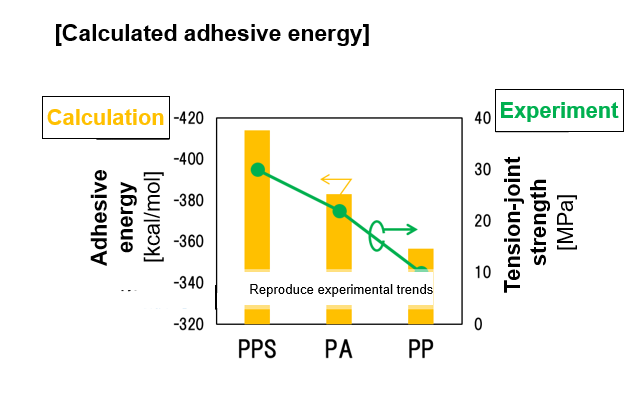
Calculated adhesive energy
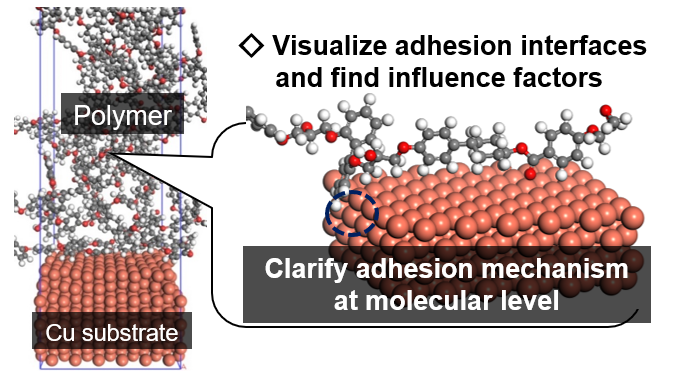
Analysis
CAE(Computer Aided Engineering)
CAE contributes to efficiency of development process and performance prediction by correlation of CAE results with physical test results.
Computational Science Technology: Use computers to predict material properties and identify principles.
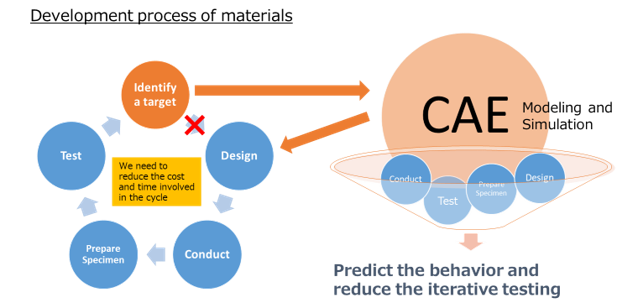
Efficiency of development process
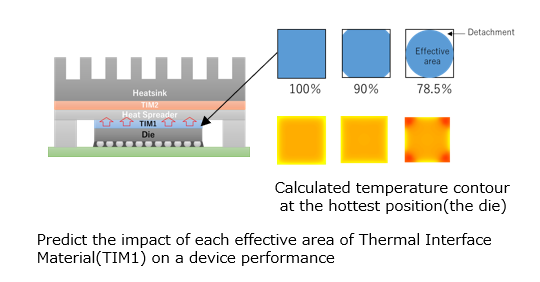
Performance prediction
Materials Informatics: Data-driven material design approach
A deep learning-based Bayesian optimization method that can handle both composition ratio information and multiple molecular structures achieved maximization of the adhesives strength of films much faster than human experts.
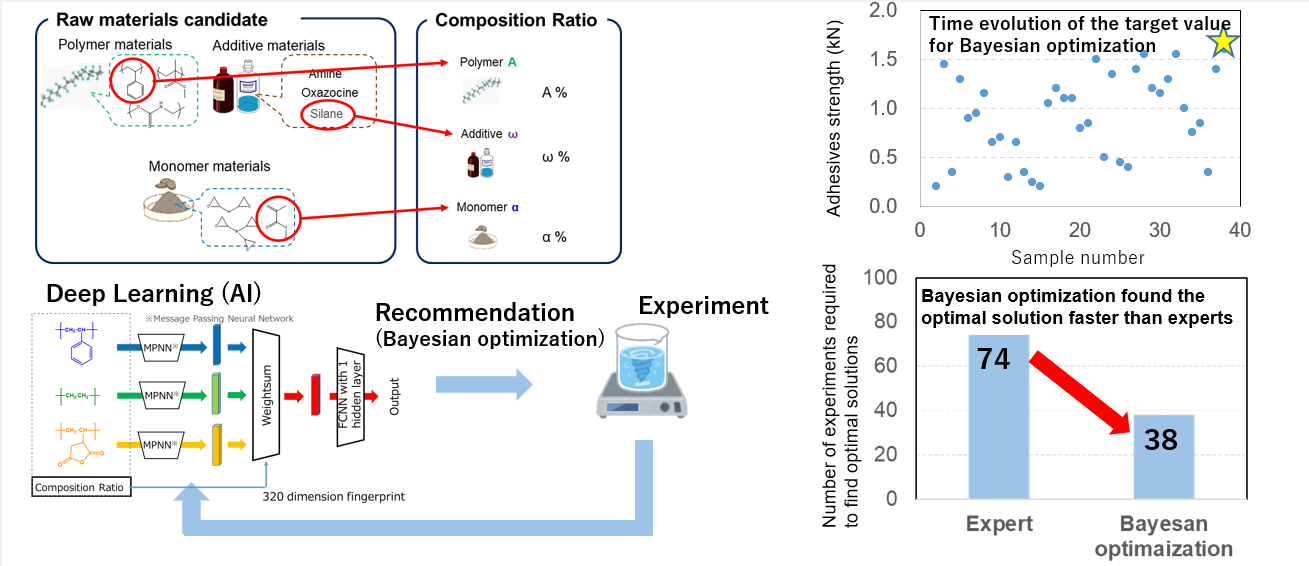
Simultaneous optimization of the combination and composition ratio of raw materials
Analysis Technology
Example:TEM analysis of nano-defects in aluminum alloy
Compressor, Suspension, Cooling devises for Automobile
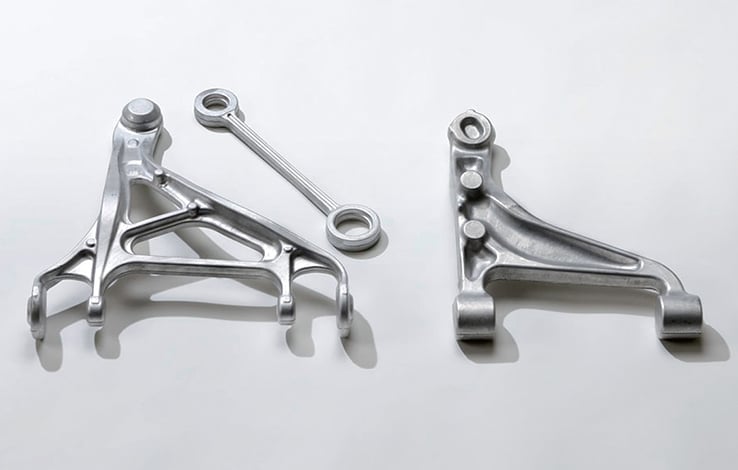
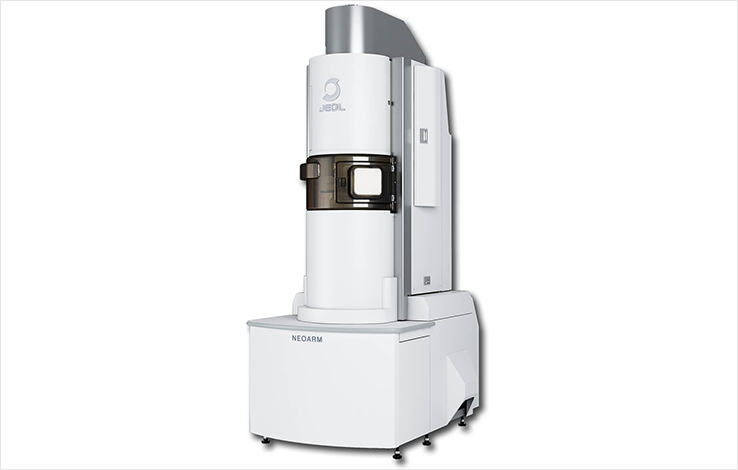
Atomic Resolution Analytical Electron Microscope “NEOARM”
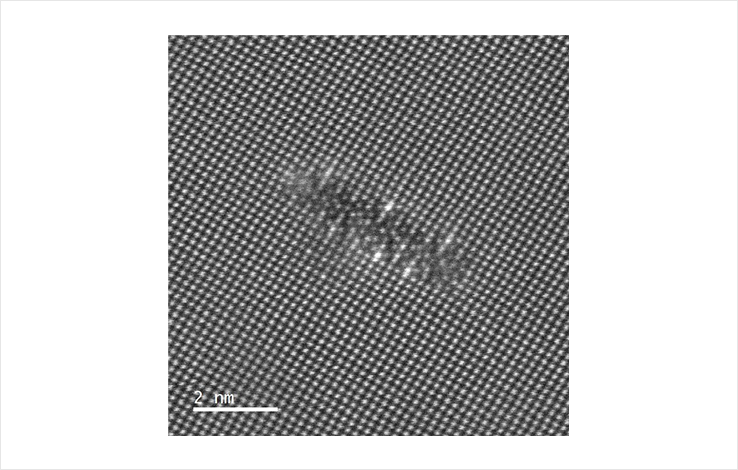
HAADF-STEM Image
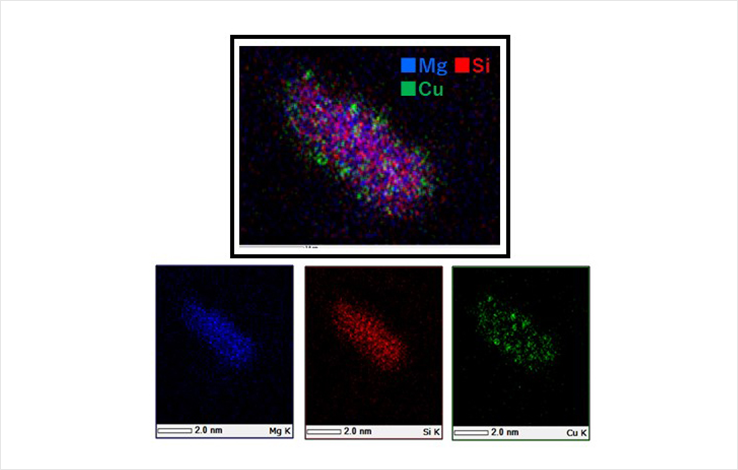
High Resolution STEM-EDS Elemental Mapping Images
Example:Chemical mapping analysis of binder polymer on LIB electrode / Raman Spectroscopy
Lithium-ion batteries(LIB) electrodes need a binder, but it also increases DC resistance. The relationship between binder distribution and DC resistance was confirmed by Raman mapping analysis.
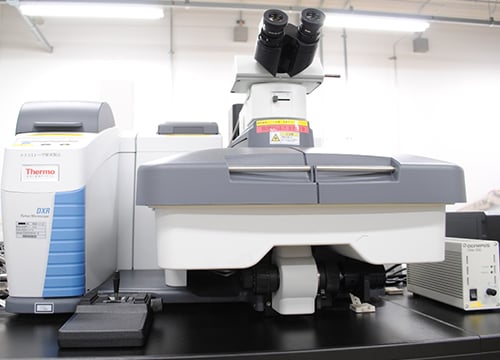

Example:Applying X-ray CT / 3D image analysis on LIB electrode
The porous structures in LIB electrode plays roles as pathways of Li ions, and thus has important effects on electrical properties. X-ray CT and 3D image analysis visualized and quantified the porous structures, and proved the mechanism of improving the LIB characteristics.
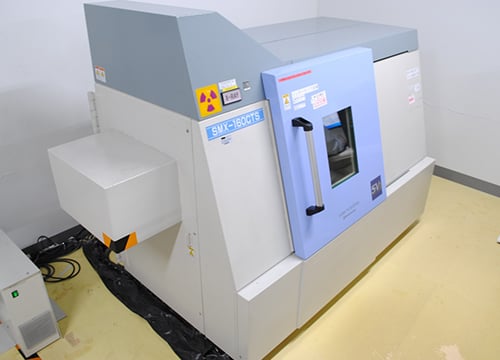

Example:Applying X-ray CT / 3D image analysis on LIB electrode
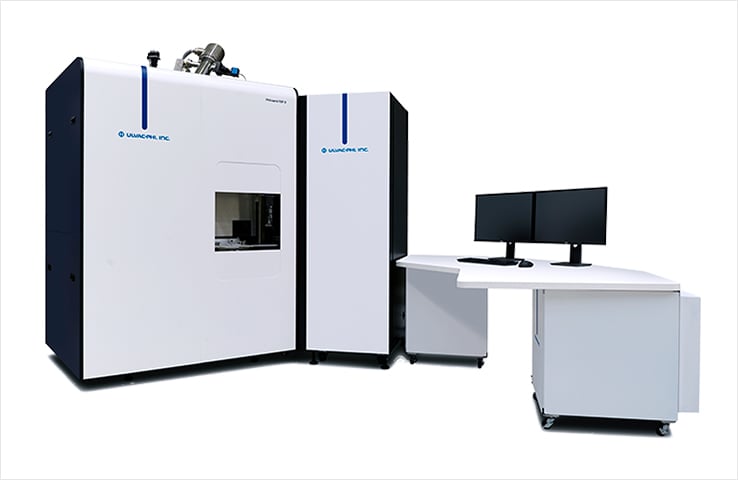
Time of Flight Secondary Ion Mass Spectroscopy (TOF-SIMS)
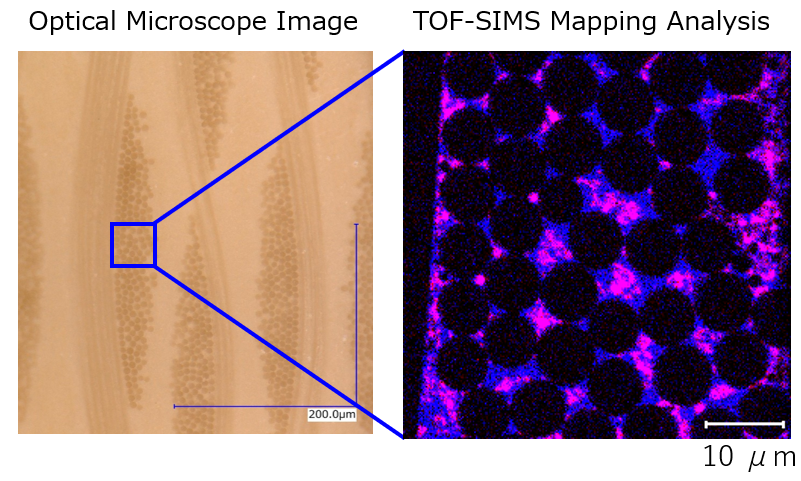
Visualizing polymer distribution in multilayer substrates, contributing design of polymer composition.
Technical support by ULVAC-PHI, Inc.
Example:Visualization of a surface treatment layer on fillers by SPM
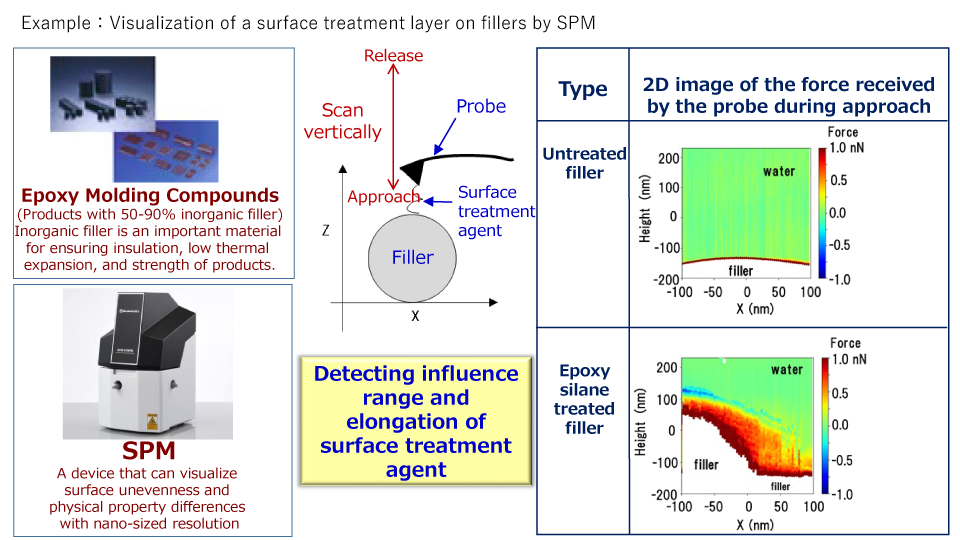
Power Module Evaluation Technology
Design and Evaluation of Power Module
Point 1: Modularization using Resonac products
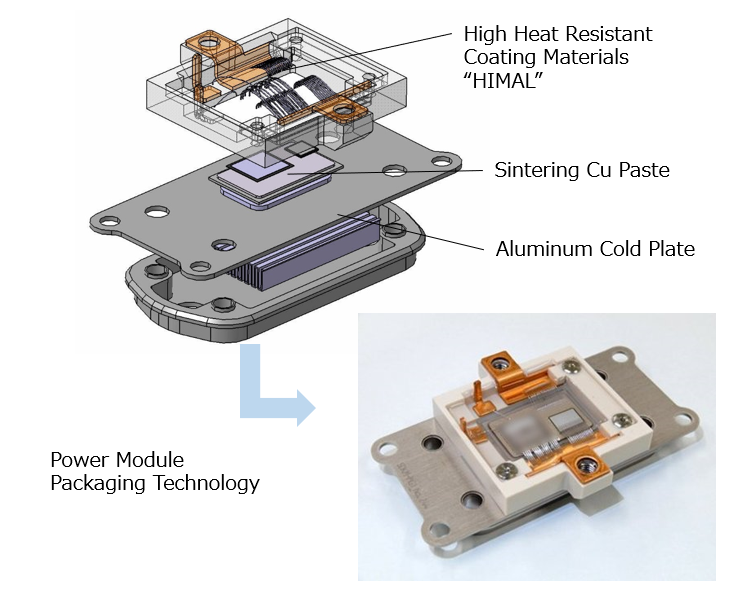
Design and fabrication of PM using our own developed products
Point 2: Various module types can be prototyped
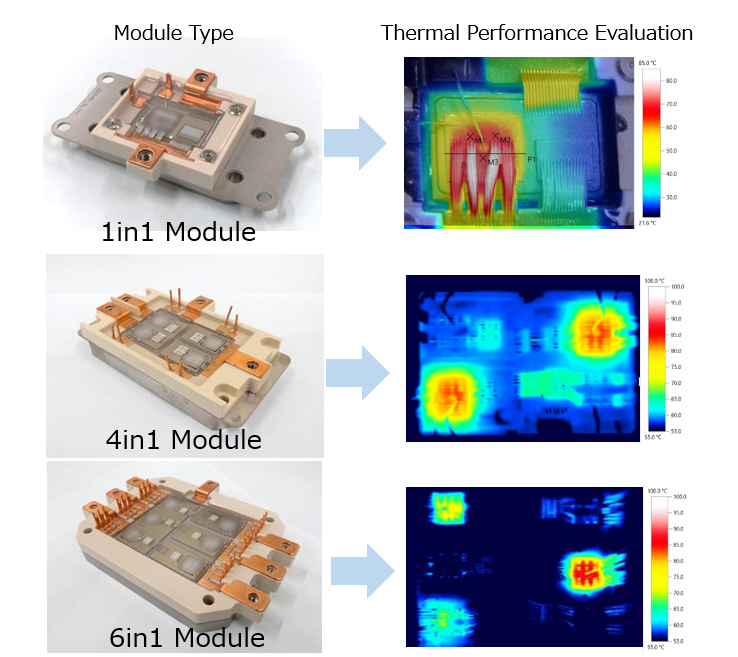
Evaluation Technology
1.Thermal Performance Evaluation
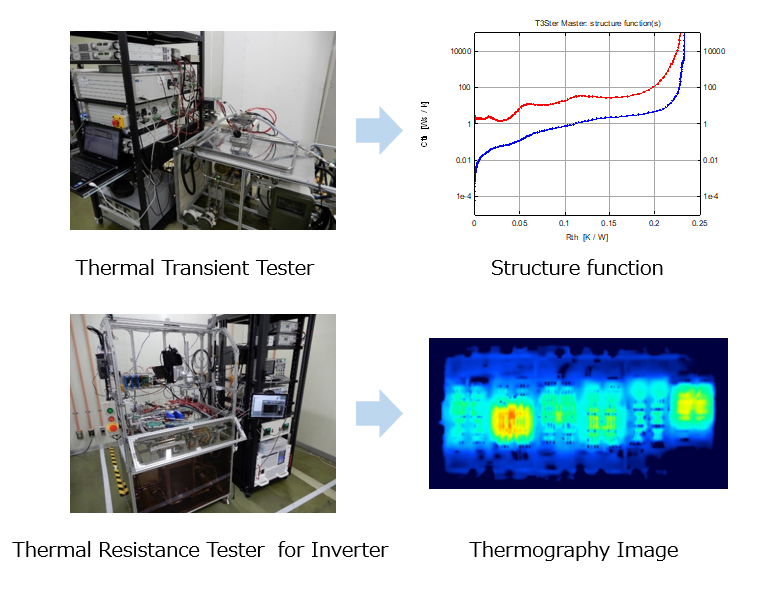
2.Reliability Evaluation
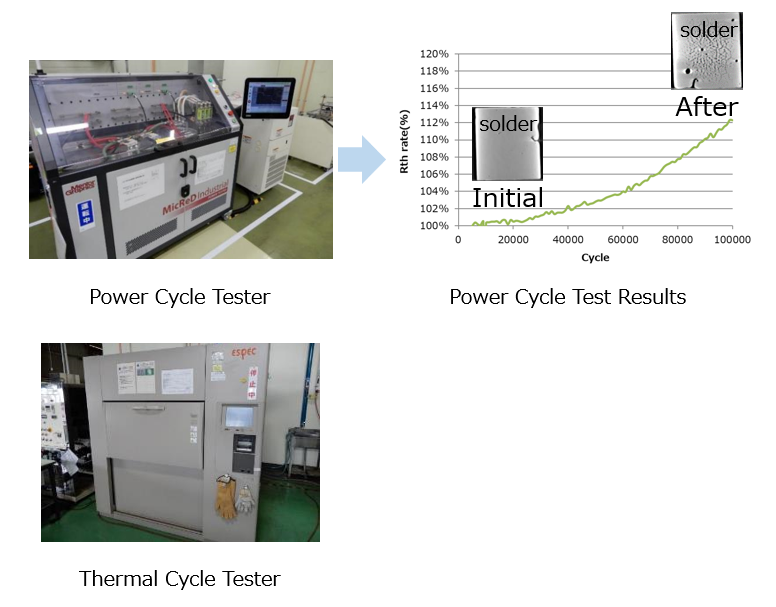
- * In addition, we have various testing equipment
Simulation Technology
Simulation technology to understand the phenomena and causes of evaluation results
